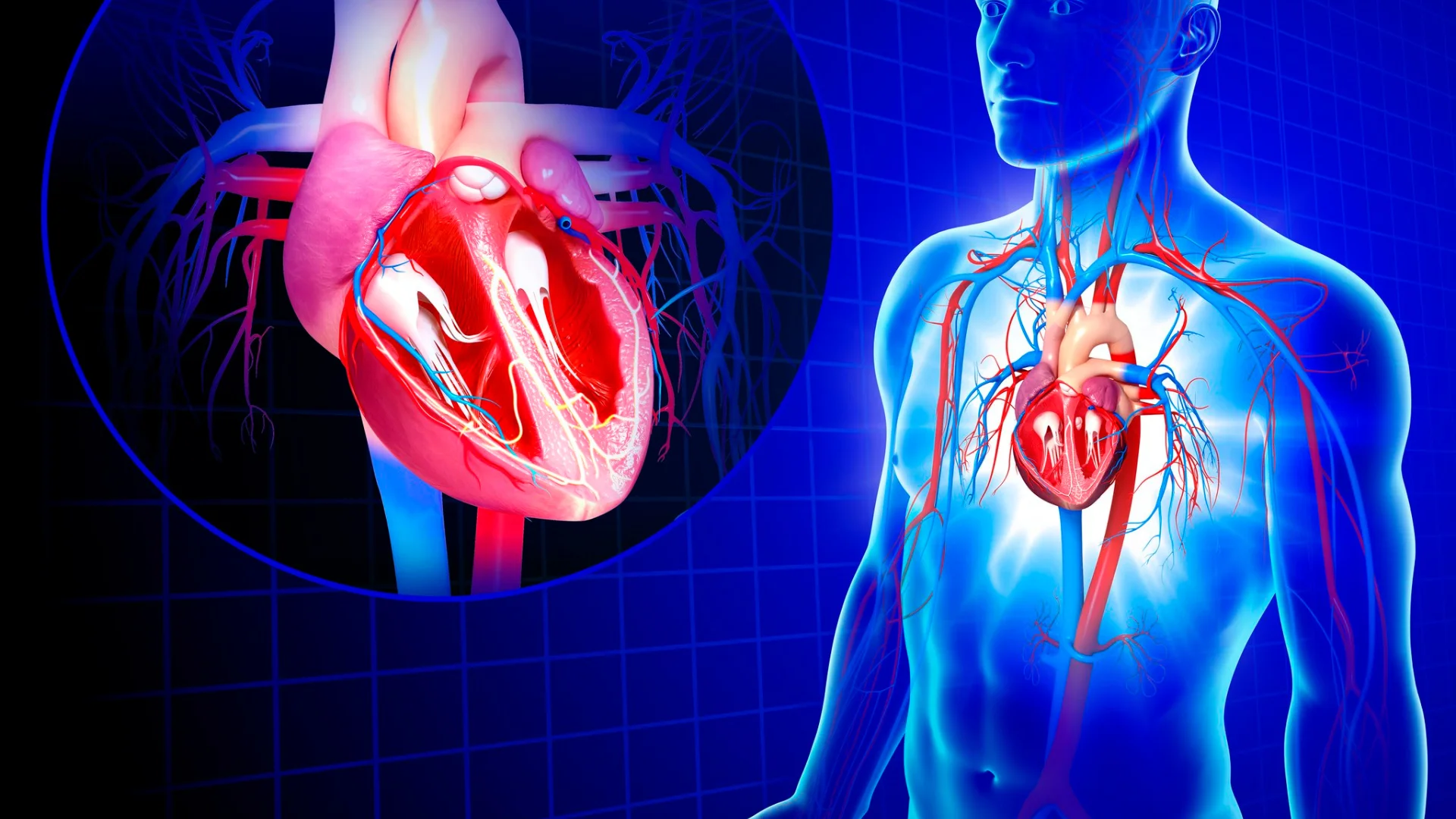
Understanding Atherosclerosis in the Carotid Arteries ❤️🩸
Your carotid arteries, located on both sides of your neck, are like the body’s highways 🛣️, delivering oxygen-rich blood to your brain, face, and neck. Each artery splits into two branches:
The internal carotid arteries also play a critical role in connecting smaller vessels in the brain, forming the circle of Willis—a protective blood flow network that ensures your brain gets the oxygen it needs.
What Can Go Wrong?
Sometimes, fatty deposits, known as plaques, form inside the walls of these arteries. This condition, called atherosclerosis, can slowly narrow the arteries, restricting blood flow to the brain 🧠. Over time, if the narrowing becomes severe, it can lead to serious issues like a stroke.
What Causes These Plaques? 🤔
Think of these plaques as the equivalent of grease clogging a drain. Certain lifestyle factors and health conditions increase the risk of plaque buildup, such as:
What Is a Thrombotic Stroke? 🧐
When plaques grow large enough to significantly block blood flow 🚧🩸, your brain struggles to get the oxygen and nutrients it needs. Sometimes, these plaques can even rupture, causing your body to form a blood clot, or thrombus, to "patch" the rupture. Unfortunately, this clot can completely block the artery, cutting off blood flow to your brain.
This sudden blockage is called a thrombotic stroke. It can lead to severe symptoms like ⚡🚨🔔:
Early Warning Signs to Watch For 👀
Carotid artery problems often develop silently, but there are warning ⚠️ signs you can look out for:
If the narrowing becomes severe, you may experience fainting spells or even sudden falls, as your brain isn’t getting enough blood.
How Is It Diagnosed? 🩺
Detecting carotid artery issues early can save your life. Doctors typically use the following tests:
Treatment Options 🏥
If your carotid artery is narrowed, treatment depends on how severe the blockage is:
In both cases, you’ll likely need to take blood thinners to reduce the risk of clots and work on controlling risk factors like blood pressure, cholesterol, and blood sugar levels.
How Can You Protect Your Arteries? 🛡️
The best approach to carotid artery health is prevention. Here’s what you can do to reduce your risk:
Why It Matters ❗
Your carotid arteries are vital for keeping your brain healthy and sharp. By taking small, proactive steps now, you can prevent serious complications like strokes later. If you notice any symptoms or have concerns, don’t wait—schedule a visit with your doctor. Taking action today could make all the difference tomorrow.
🩺 Explore out our Check-Up Programs!
DISCLAIMER: The information presented on this page has been intentionally condensed and simplified to make it accessible and easier to understand for the general audience. Its purpose is solely to provide basic awareness and education on the topic discussed. It is important to note that this content is not exhaustive and does not replace or serve as a substitute for professional medical advice, diagnosis, or treatment. Readers are strongly advised to seek consultations with qualified healthcare professionals or specialists for accurate assessment, personalized guidance, and appropriate medical care. Relying solely on the information provided here, without professional oversight, may lead to misunderstandings or inadequate treatment.
Privacy policy
Copyright ©2025 Klinika Kajo. Designed By Vizional